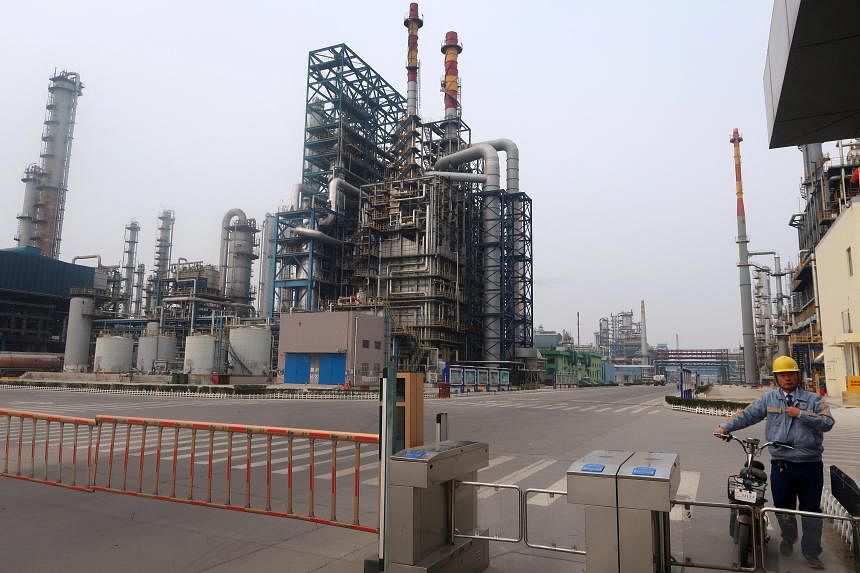- cross-posted to:
- technology@lemmy.zip
- technology@beehaw.org
- china@sopuli.xyz
- cross-posted to:
- technology@lemmy.zip
- technology@beehaw.org
- china@sopuli.xyz
cross-posted from: https://feddit.org/post/408358
Original version behind a subscription
A surge of Chinese plastic supply is threatening to overflow in the face of weak domestic demand, morphing into a fresh trade challenge for the rest of the world.
“Everyone in China has this notion that if they are fast enough, if they are the first in the industry, able to burn cash long enough, then they will become the survivor that takes market share. And then they can raise the price,” said Ms Vivien Zheng, Asia chemicals analyst with Bloomberg Intelligence.
Plants have mushroomed along the country’s eastern coast over the last decade, built in a race to satisfy China’s hunger for plastic and to help refiners counter an expected downturn in transport fuels, as electric vehicles take off. Vast volumes and lacklustre post-pandemic demand mean margins are paper thin – but companies have kept producing, hoping to cling to existing market share.
“This is yet another example – after steel and solar panels – where China’s structural imbalances are clearly spilling over into global markets,” one expert for Chinese industries said. In an echo of its predicament from batteries to green-energy technology, the world’s second-largest economy is staring down a situation of dramatic industrial excess.
Factories currently navigate the supply surge with brief shutdowns and low run rates, but as production capacity continues to be added, petrochemical executives and sector analysts say surpluses will grow – enough in many products to turn China into a significant exporter, often selling into a glut and potentially exacerbating existing trade tensions.
“China’s substantial investments between 2020 and 2027 have reshaped global supply dynamics, leading to a structural surplus in Asia and persistent low or negative profit margins,” said Ms Kelly Cui, principal petrochemicals analyst at Wood Mackenzie. The consultancy estimates that almost a quarter of global ethylene capacity is at risk of closure, even as China is still adding more.
Between 2019 and the end of 2024, China will have completed construction of so many plants to turn crude oil and gas into products such as ethylene and propylene – materials behind everything from plastic bottles to machinery – that nameplate capacity is now equal to Europe, Japan and South Korea combined, according to the International Energy Agency (IEA).
Part of the reason is that smaller plants do not require approvals from Beijing, as large refineries do. The local authorities were quick to see the opportunity to use cheap land and fiscal perks to encourage job creation and investment. All sought to feed demand for a plastic known as polypropylene, used for plastic packaging, automobile parts and electrical appliances.
But as supply flowed, domestic demand faltered. Now the trouble is that financial and market-share pressures are also adding up.
China is already a net exporter of polyester products such as PVC and PET, used in clothing or food containers, shipping them to countries like Nigeria, Vietnam and India, according to an expert, again creating or worsening trade surpluses.
Most of the new facilities in China were installed in the last three or five years despite slowing demand, which makes this economic development harder and harder to sustain.



Apparently, not a single well in China has drinkable water. Groundwater in China is extremely toxic, and westerners who drink from public taps have a nasty, gastric treat.